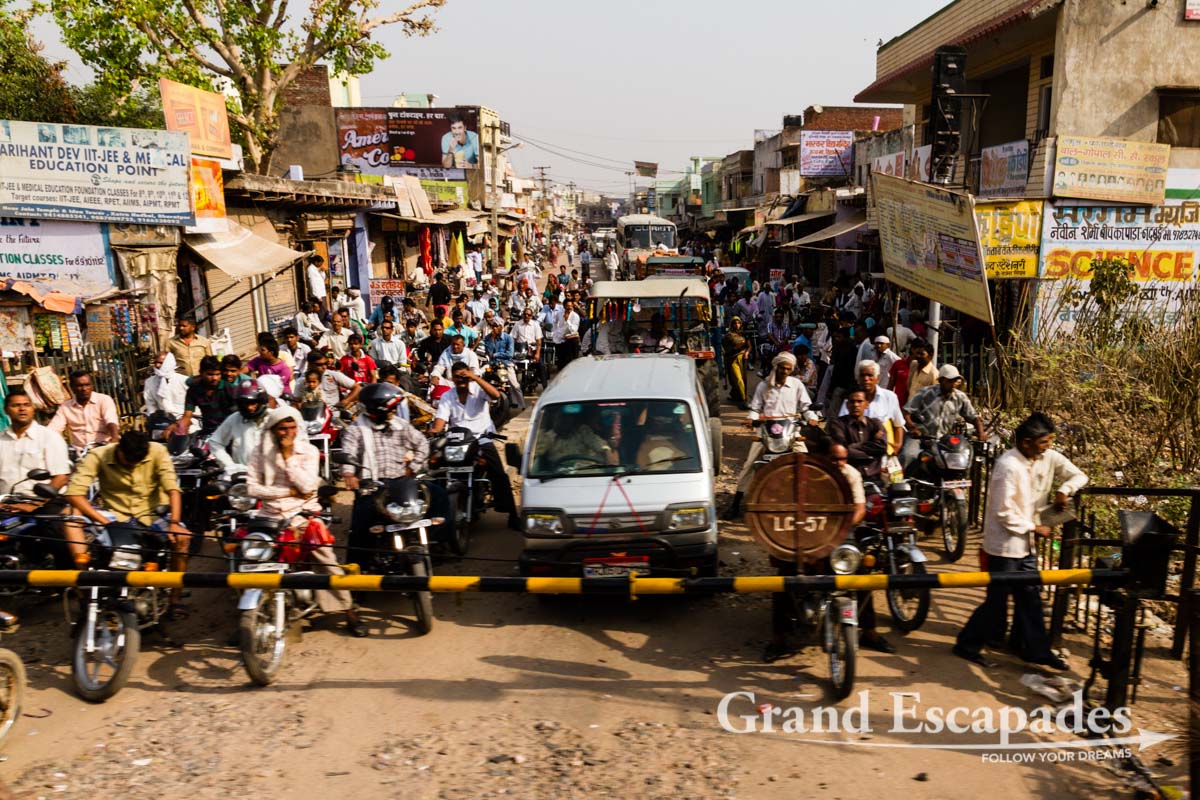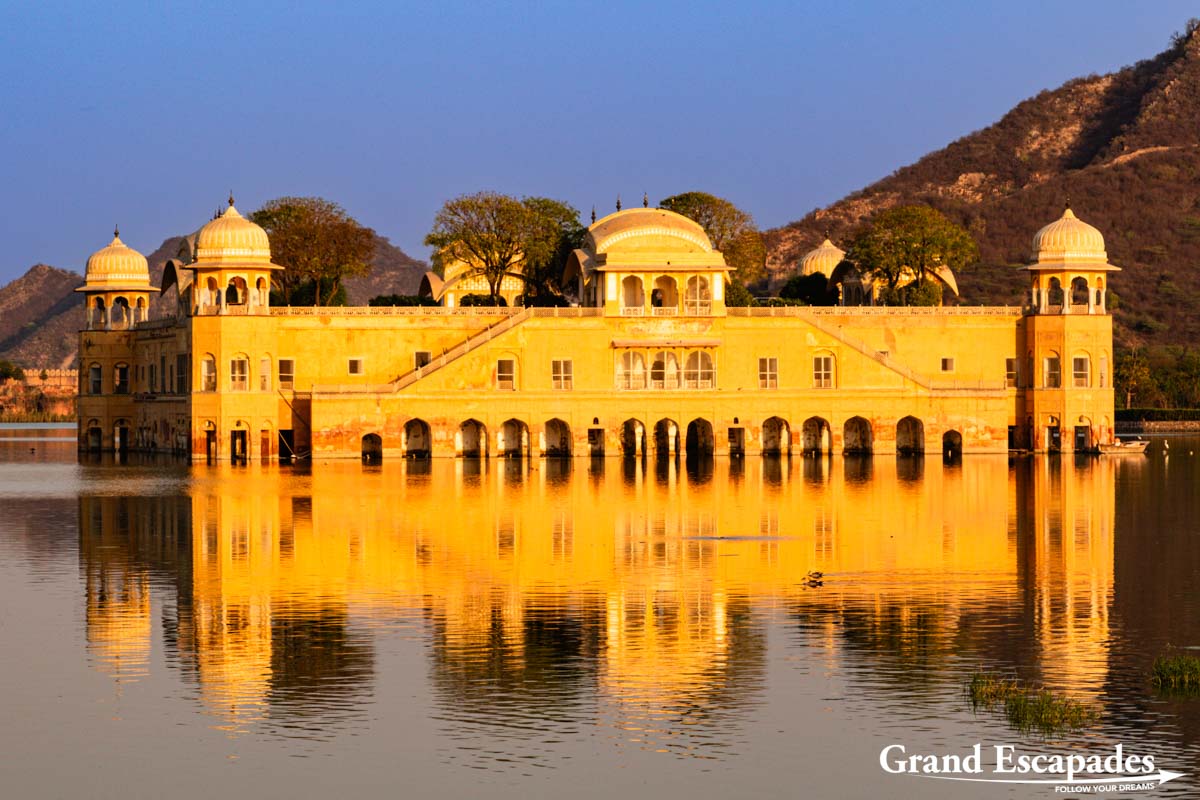The Survival Of The Fittest!
With 1.2 billion on the move, transport becomes a challenge. More and more Indians are able to afford private transport of various kinds, from scooter to large SUVs. Add an ill-adapted infrastructure in a megacity and you have got the picture…
Though we came prepared, our worst expectations were surpassed: traffic in large cities can be abysmal: trucks, buses, cars, autorickshaws (also known as Tuk-Tuks), motorcycles, bicycles, some of which transporting unimaginable quantities of cargo, pedestrians, water buffaloes, cows… They all fight for the slots that allow them to move few centimeters forward.
There is a clear hierarchy: the bigger the vehicle, the louder the horn, the more successful the participant is in moving ahead. We learned this going to Amber Fort! The madness of Indian traffic requires drivers to use the horn all the time, repeat: all the time! One would think this makes it a useless, redundant tool, but probably the cacophony keeps everybody alert. The courage, the quick reaction of drivers is almost superhuman.
The bravest of all are the ones on bicycle rickshaws. Skinny men, who push incredible loads into the midst of heavy traffic, with a stoic expression of their face… Of all the poverty we saw, this side was an extremely painful one to watch. These guys eat, sleep and work on their bikes. Most likely, often there is nothing else.
Negotiating a price for an auto rickshaw can be nerve wrecking. Often, when we had no clue what the price was, we ended up walking endlessly in polluted, noisy streets. Needless to say it is really silly, wearing yourself out to save a few cents: even the tourist price is so small. Meters do exist, but don’t function, never!














